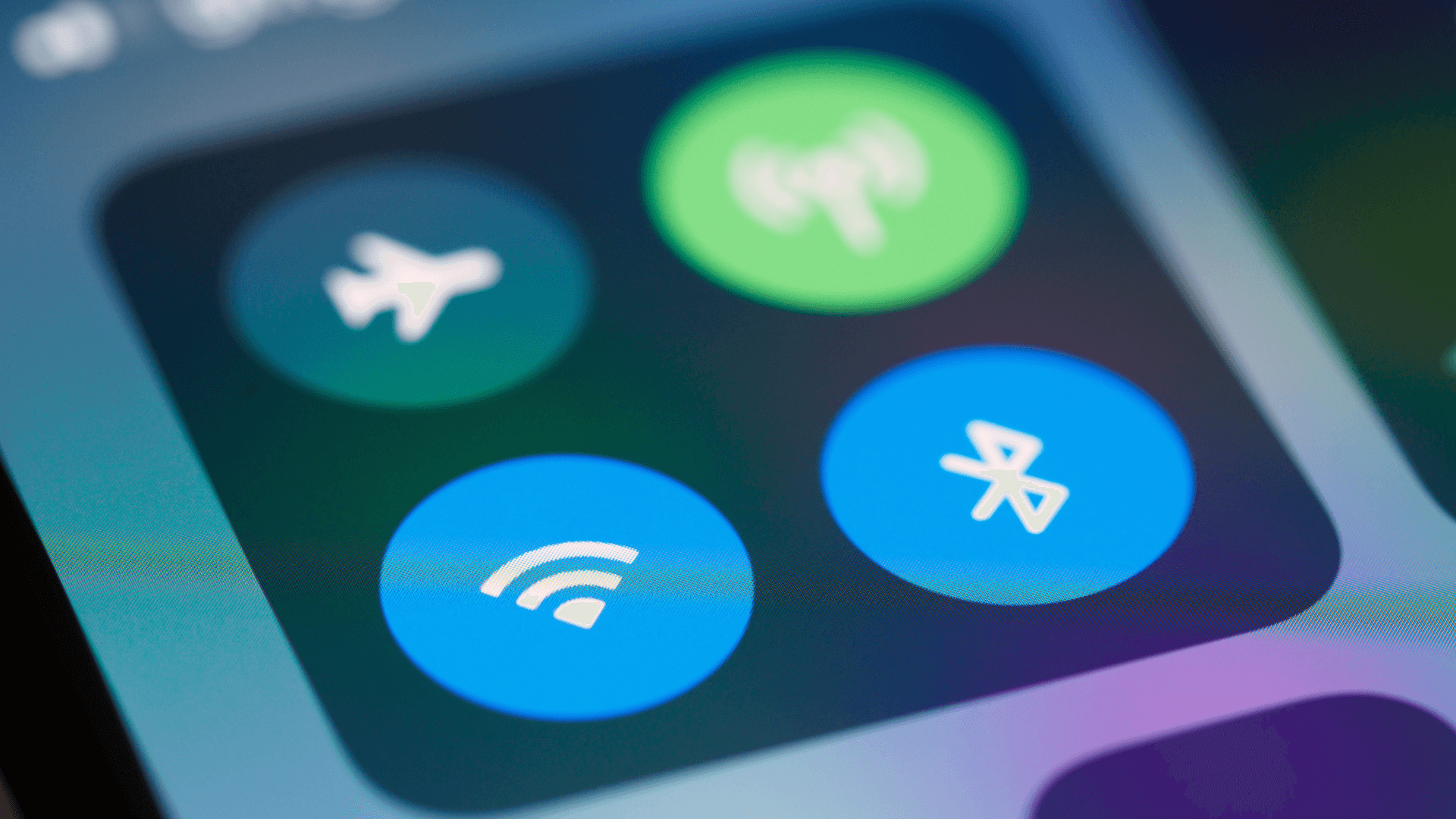Think ChatGPT is saving you time? Not always. Too many people fall for common myths that leave them stuck with generic, half-useful answers.
1. The "Generic Prompt" Myth is Costing You Hours
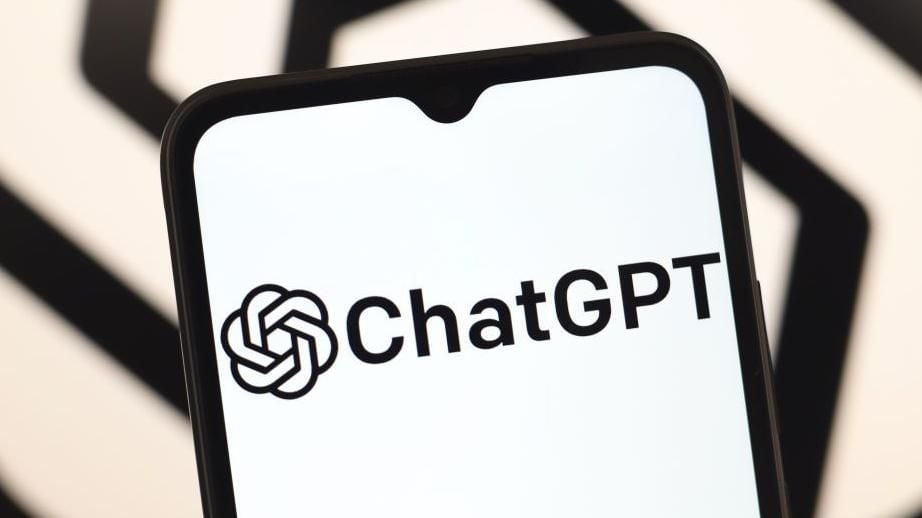
Most people open ChatGPT and type something like "Write a test case for login" or "Help me create content." This approach puts AI "on autopilot," producing generic, superficial results that lack project context. The result? Hours wasted on back-and-forth refinement.
The Evidence: Quality Assurance professionals report that generic prompts produce test cases that look like "any test document you've ever seen before: safe, predictable, and lacking project context."
The Solution: Transform your approach from prompt-giver to collaborator. Instead of asking for generic outputs, provide context, assign roles, and specify exactly what you need. This single shift can turn ChatGPT from a basic generator into a true productivity partner.
2. Your Environmental Guilt About AI Usage is Misplaced

One persistent myth suggests that using ChatGPT frequently harms the environment. Research analyst Andy Masley's comprehensive analysis reveals this concern is largely misplaced. The data shows that individual ChatGPT usage has minimal environmental impact compared to everyday activities.
The Numbers: Best current estimates put a single ChatGPT text query at around 3 watt-hours of electricity (and some analyses suggest closer to 0.3 Wh with newer infrastructure). That means even 100 prompts a day would add well under 1% to the average American’s daily household electricity use. Put differently: personal prompting is a rounding error compared with things like running your laptop all day, heating or cooling your home, or a short car trip.
The Reality: As Masley concludes, "You can use ChatGPT as much as you like without worrying that you're doing any harm to the planet." The focus should shift from limiting usage to optimizing how AI helps solve larger problems, rather than worrying about the minimal energy cost of queries.
3. Context-Free Prompts Create Context-Less Results
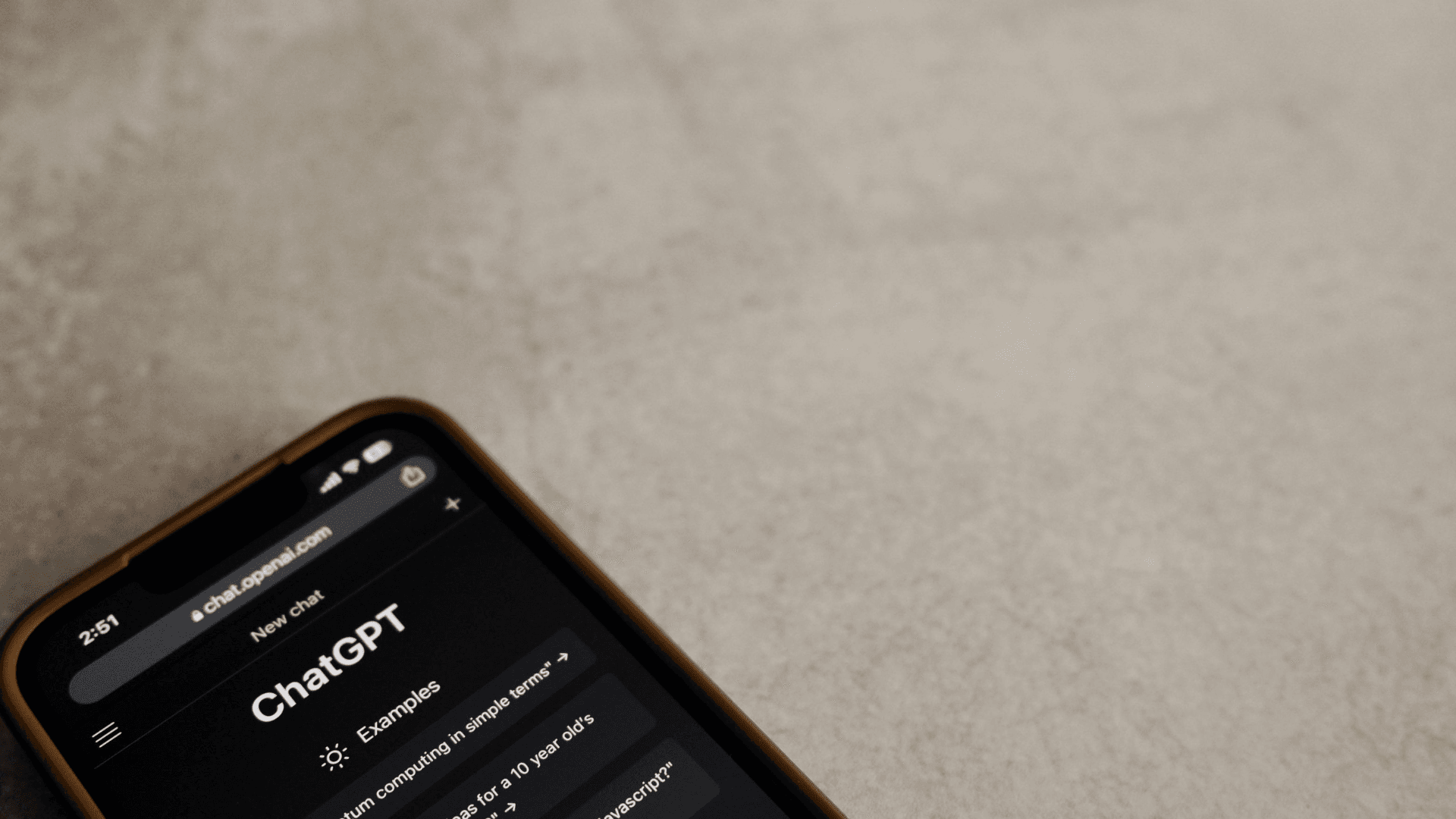
The Coursera 2025 Guide to ChatGPT recommends that effective prompting requires explicit context from documentation, background information, and specific project details. Without this foundation, even the most sophisticated AI produces statistically average, mediocre outputs.
The Problem: Simple prompts overlook the significant effort needed to gather and structure context, particularly for complex topics. As one business analyst noted, "The inherent setup of current language models results in outputs that lean towards statistical averageness."
The Framework: Successful prompts follow a clear structure: project description with purpose and audience, role assignment for the AI, contextual background, specific output requirements including tone and style, rules and constraints, and concrete examples. This approach can transform a 200-word generic response into targeted, actionable content.
4. The Productivity Paradox: Better Tools, Worse Results

TechRadar's streaming choice example demonstrates a common productivity paradox: people use powerful AI tools but see minimal time savings. The issue isn't the technology - it's the implementation approach that focuses on individual tasks rather than systematic workflow integration.
The Insight: Eric Hal Schwartz built a TV tracking system using ChatGPT, but the real productivity gain came from creating an integrated workflow. Instead of repeatedly asking for show recommendations, he developed a system that could adapt and grow with his needs.
The Strategy: Rather than using ChatGPT for isolated tasks, create templates, workflows, and systems that compound over time. This includes saving effective prompts, developing custom instructions, and building repeatable processes that eliminate recurring work.
If you liked this story, please follow us for more.
5. Role Assignment Transforms Generic AI into Specialized Experts

Research from multiple sources [MIT] confirms that assigning ChatGPT specific roles dramatically improves output quality. Instead of getting generic responses, role-based prompts tap into specialized knowledge areas and perspectives.
The Method: Transform "write content for my startup" into "Acting as a content strategist with expertise in tech startups, develop a content marketing strategy that increases brand awareness among tech enthusiasts." This approach leverages ChatGPT's training on expert knowledge within specific domains.
The Results: The Coursera guide demonstrates that role-based prompts produce outputs with appropriate expertise, tone, and focus. Whether you need a data analyst, content strategist, or technical writer, explicit role assignment accesses specialized knowledge patterns within the model.
6. Workflow Automation Beats One-Off Queries
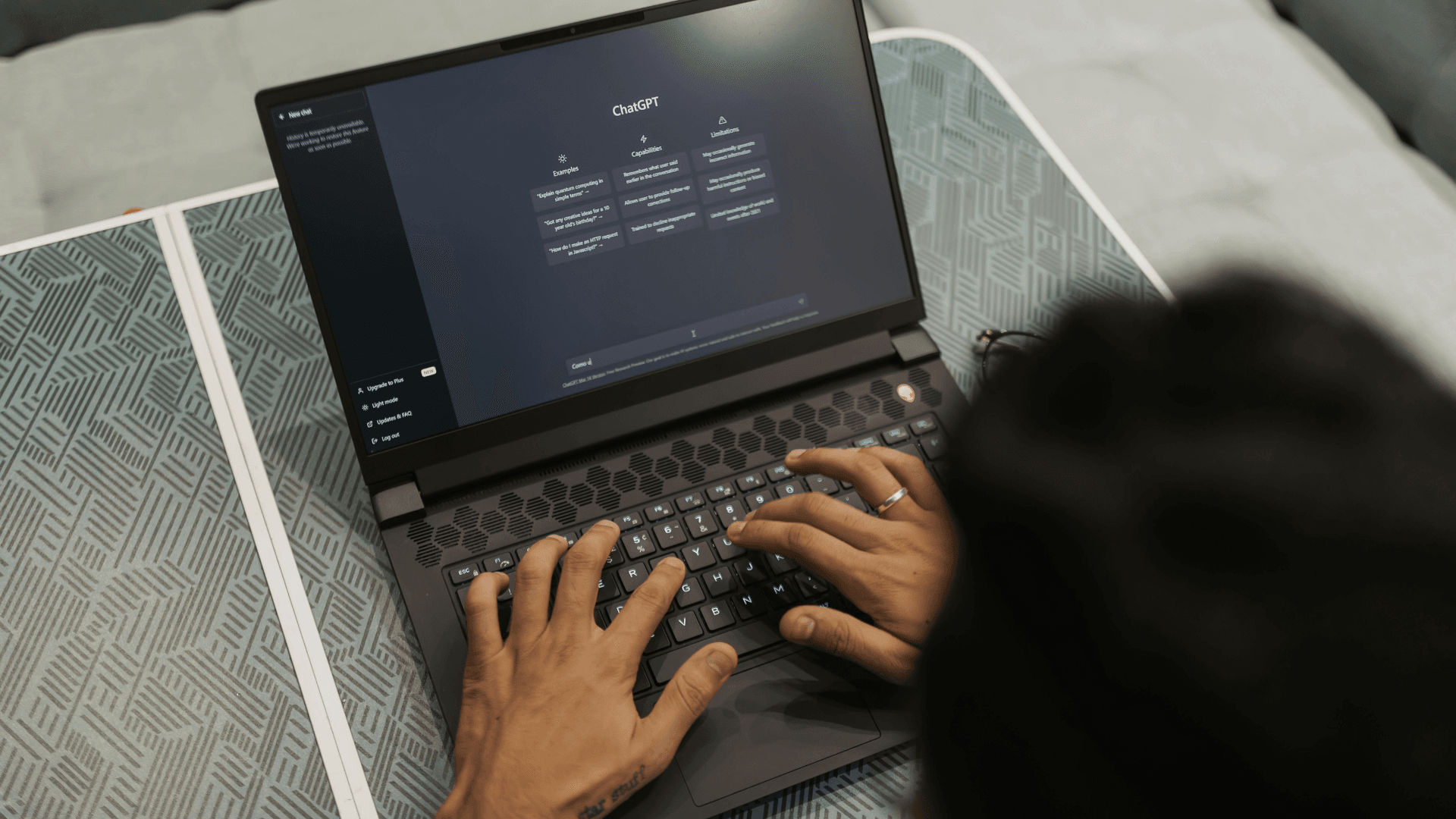
Healthcare and business automation research shows that ChatGPT's real power emerges through workflow integration, not individual queries. Facilities implementing systematic AI workflows report 45-70% reductions in documentation time, while one-off usage shows minimal efficiency gains.
The Healthcare Evidence: Skilled nursing facilities using systematic ChatGPT automation reduced documentation time from 16 minutes to under 5 minutes per patient encounter. The key was creating repeatable processes, not just better individual prompts.
The Business Application: Tools like Alfred demonstrate how workflow integration amplifies productivity. Instead of repeatedly typing prompts, users create systems for launching ChatGPT queries, saving frequent prompts as snippets, and building searchable libraries of AI interactions.
7. The Template Strategy Eliminates Repetitive Prompting
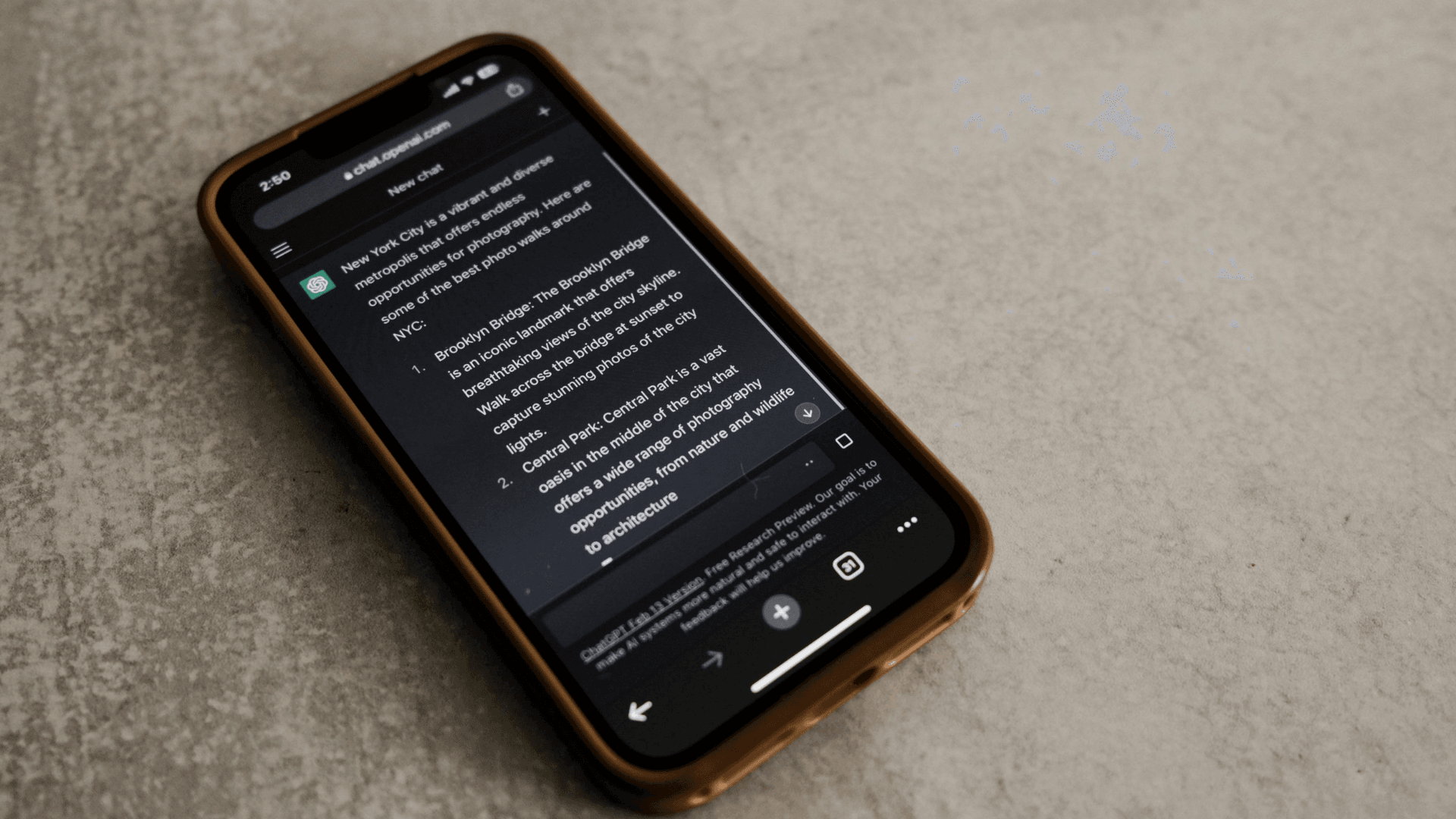
Instead of crafting prompts from scratch each time, productivity experts recommend building libraries of proven templates. The AI Fire guide identifies this as the most important productivity trick because it improves all subsequent AI interactions.
The Approach: Start by asking ChatGPT to improve your existing prompts. For example, instead of "help me with my blog post," try "I need to write a blog post about [topic] for [audience]. What information would help you create more targeted suggestions?"
The System: Create collections organized by function - content creation, data analysis, problem-solving, planning. Each template should include context fields, role assignments, and output specifications that can be customized for specific situations while maintaining proven structure.
8. Moving Beyond Prompt Engineering to Strategic Implementation
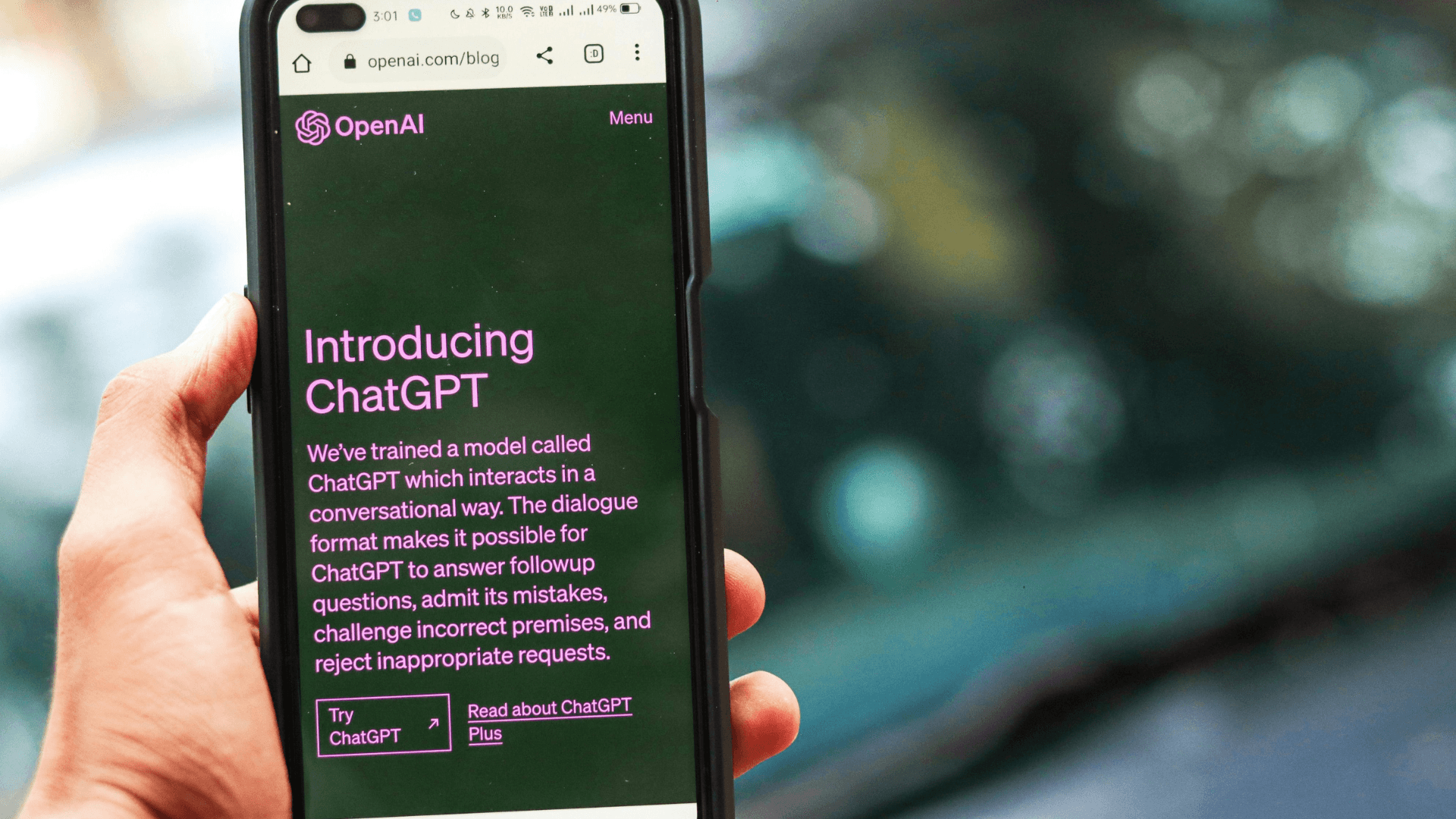
The most successful ChatGPT users focus less on becoming "prompt engineers" and more on strategic implementation. Research from HitSubscribe suggests that obsessing over prompt perfection may actually limit career growth by focusing on tool mastery rather than strategic thinking.
The Strategic Shift: Instead of getting "good at ChatGPT," focus on identifying where AI creates the most value in your specific work context. This means understanding which tasks benefit from AI assistance and which require human expertise, then building sustainable systems around this division.
The Long-term View: As AI capabilities evolve rapidly, the most valuable skill becomes knowing when and how to deploy AI effectively, not just crafting perfect prompts. This strategic perspective ensures your productivity improvements scale with advancing technology rather than becoming obsolete.
If you liked this story, please follow us for more.







